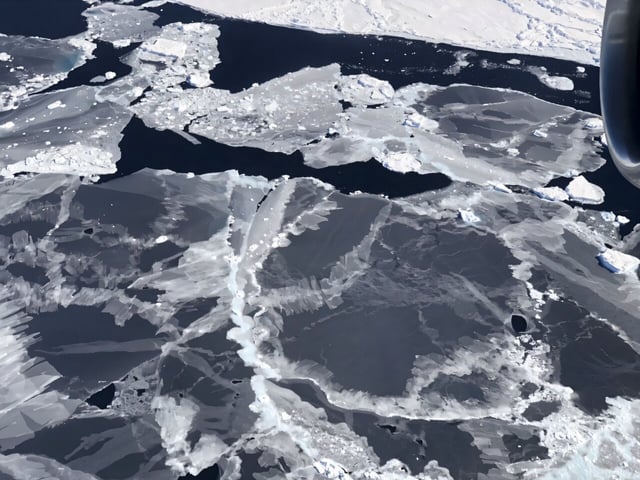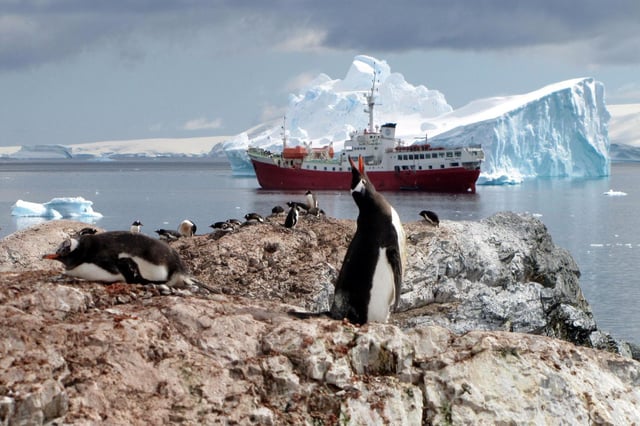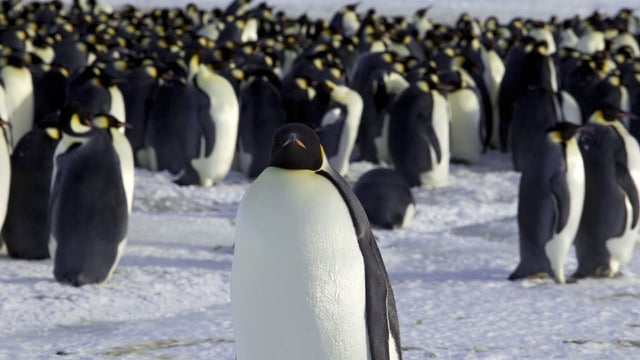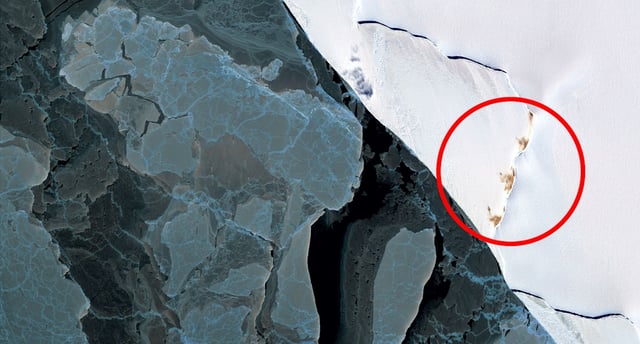Overview
- Satellite analysis of 16 colonies across the Antarctic Peninsula, Weddell Sea and Bellingshausen Sea reveals a 22% decline in emperor penguin numbers between 2009 and 2024.
- This drop surpasses prior estimates of a 9.5% decline continentwide from 2009 to 2018, indicating a faster-than-expected population loss.
- Scientists link the declines primarily to shrinking sea ice and highlight that the magnitude of loss suggests additional impacts from shifting weather patterns and rising predation.
- The monitored colonies account for almost 30% of the global emperor penguin population, emphasizing the broad scale of the downturn.
- Researchers warn that without rapid stabilization of greenhouse gas emissions, emperor penguins could face near-extinction by the end of this century.



